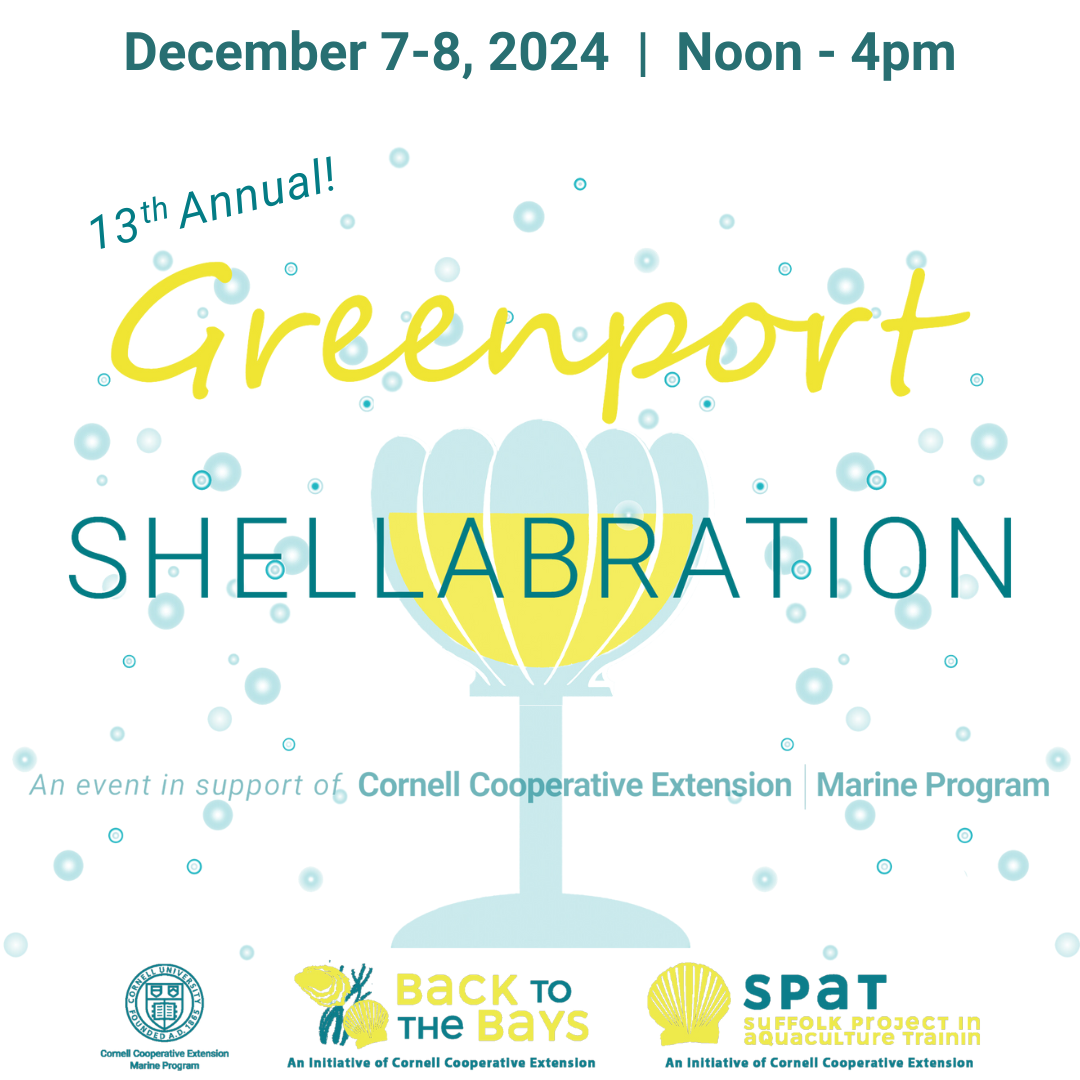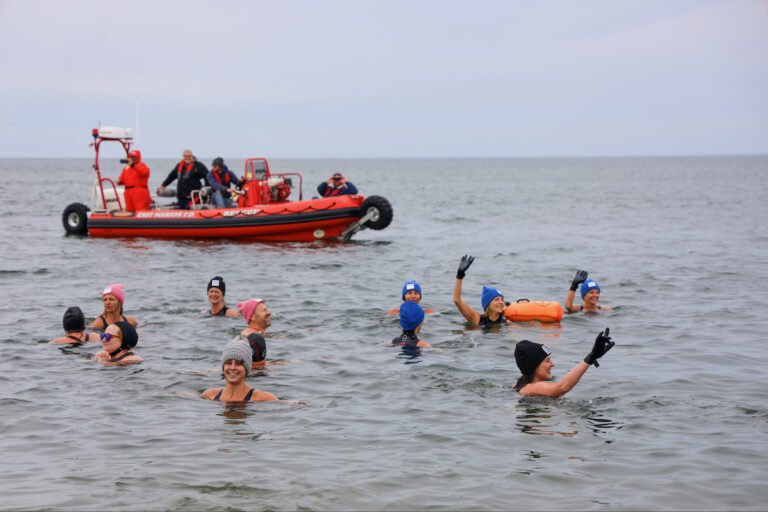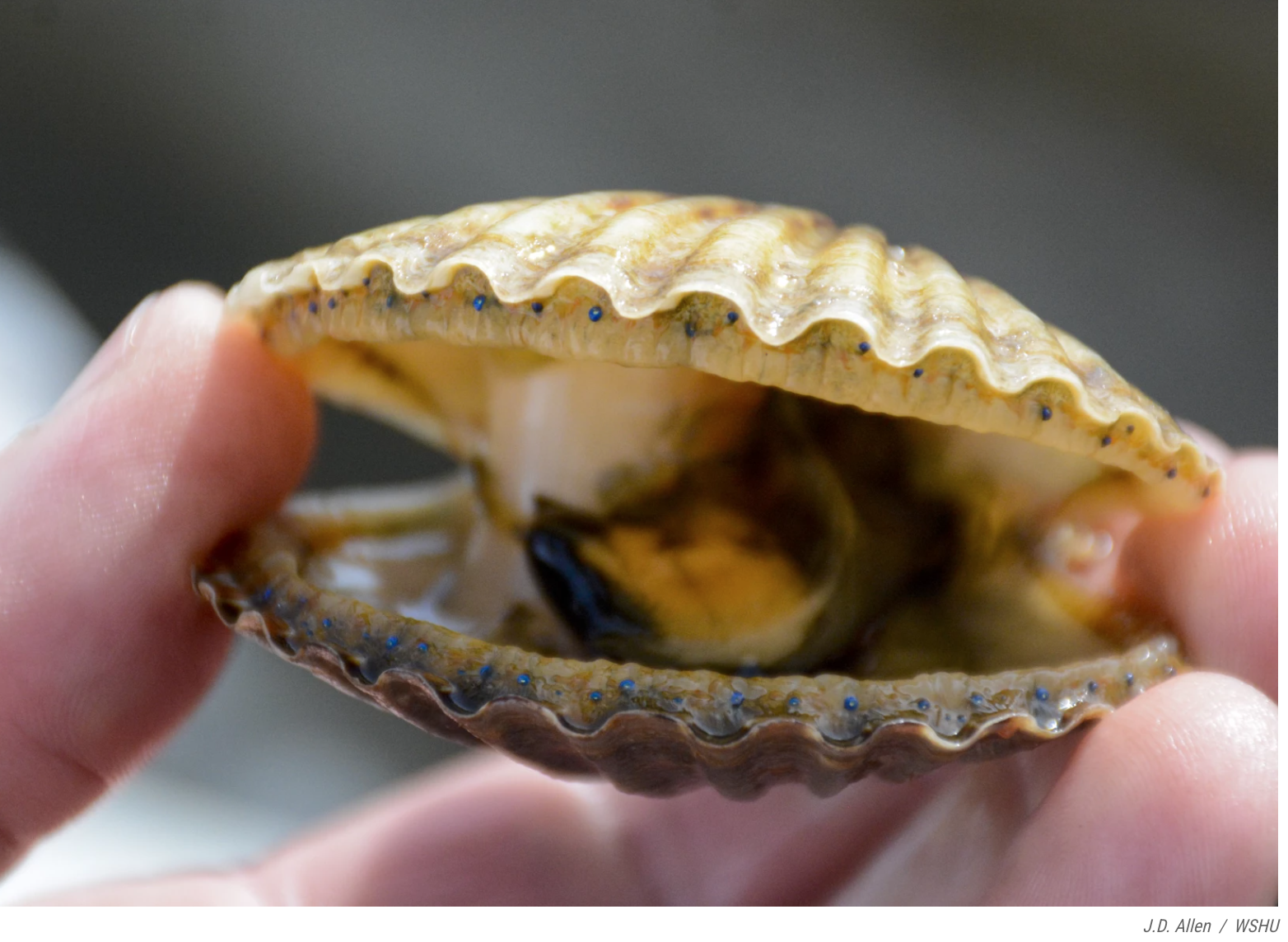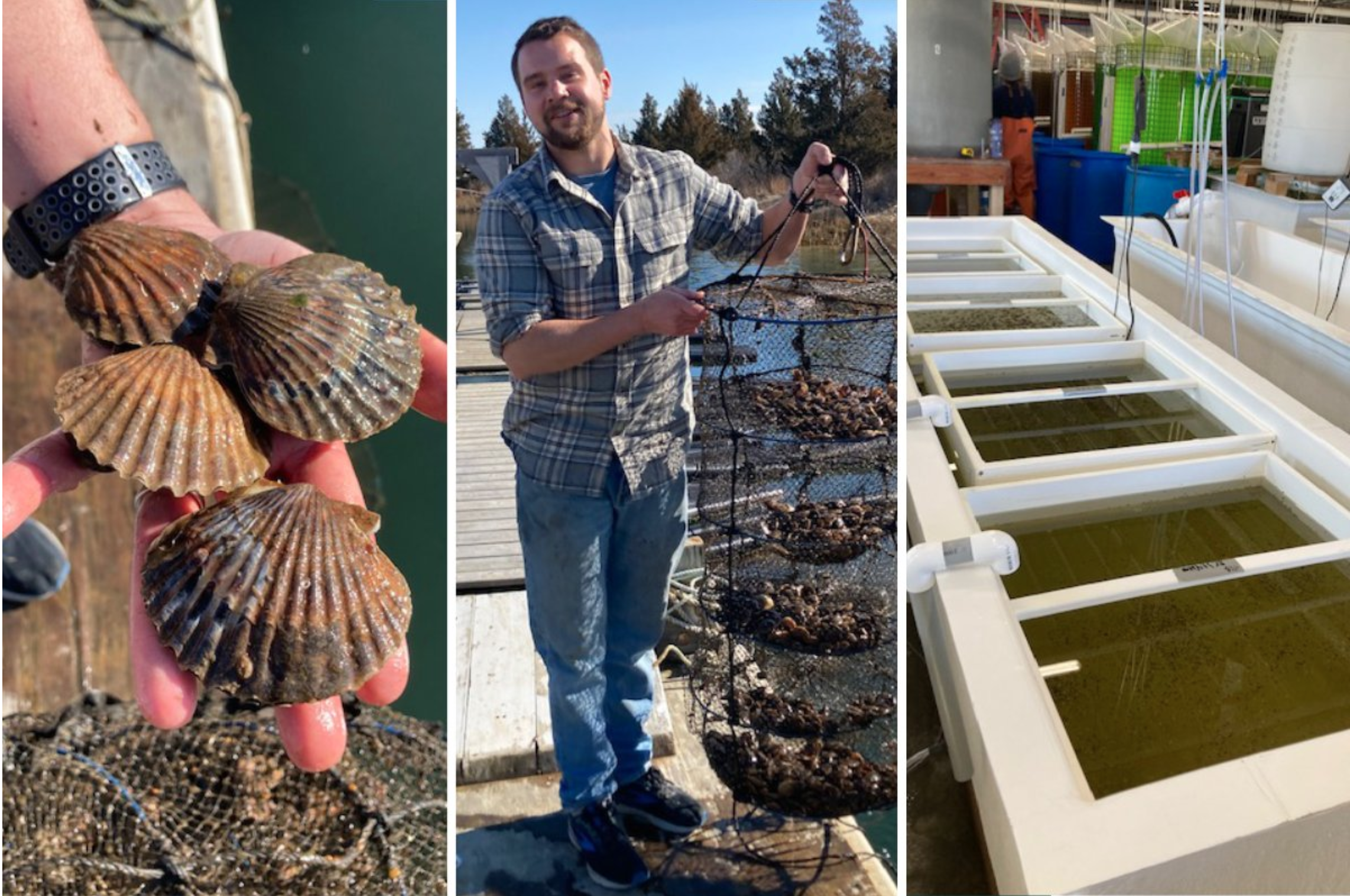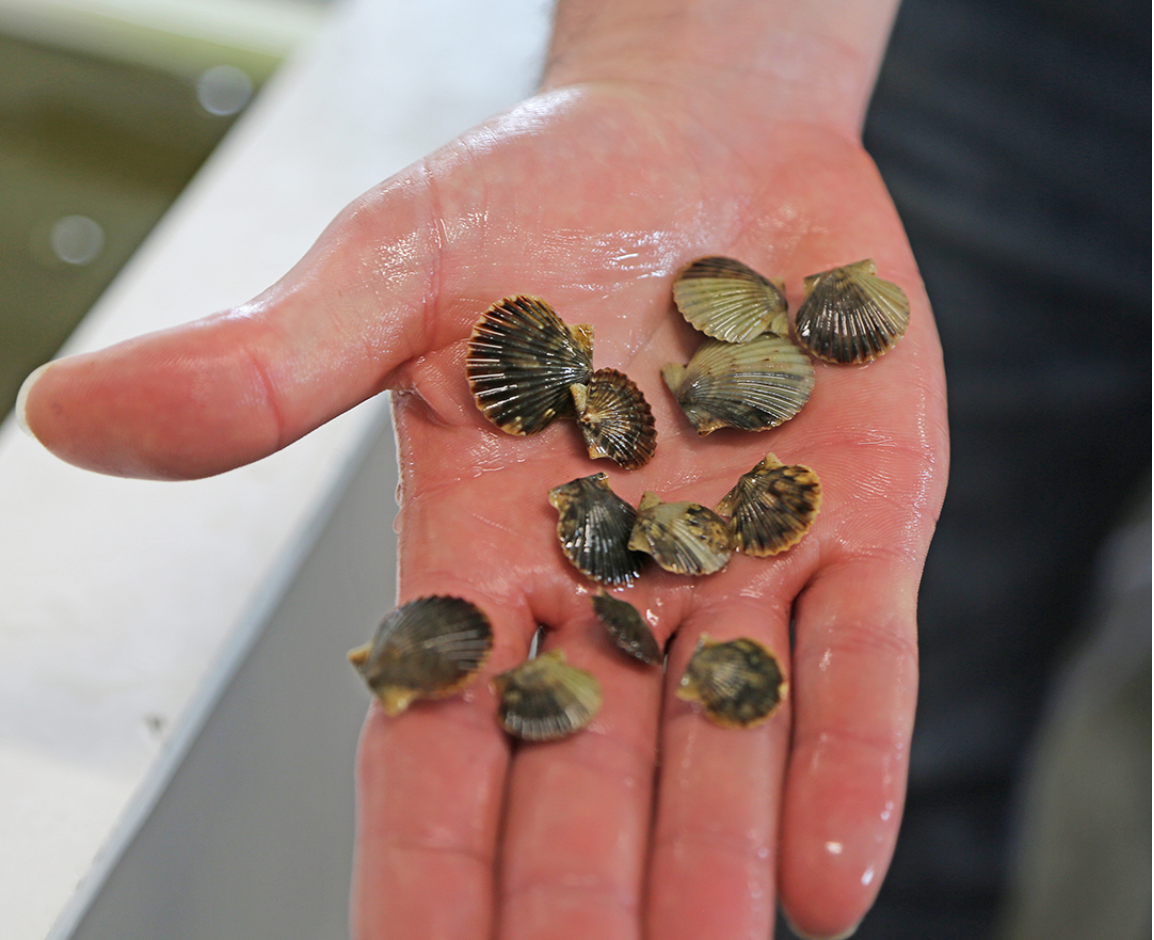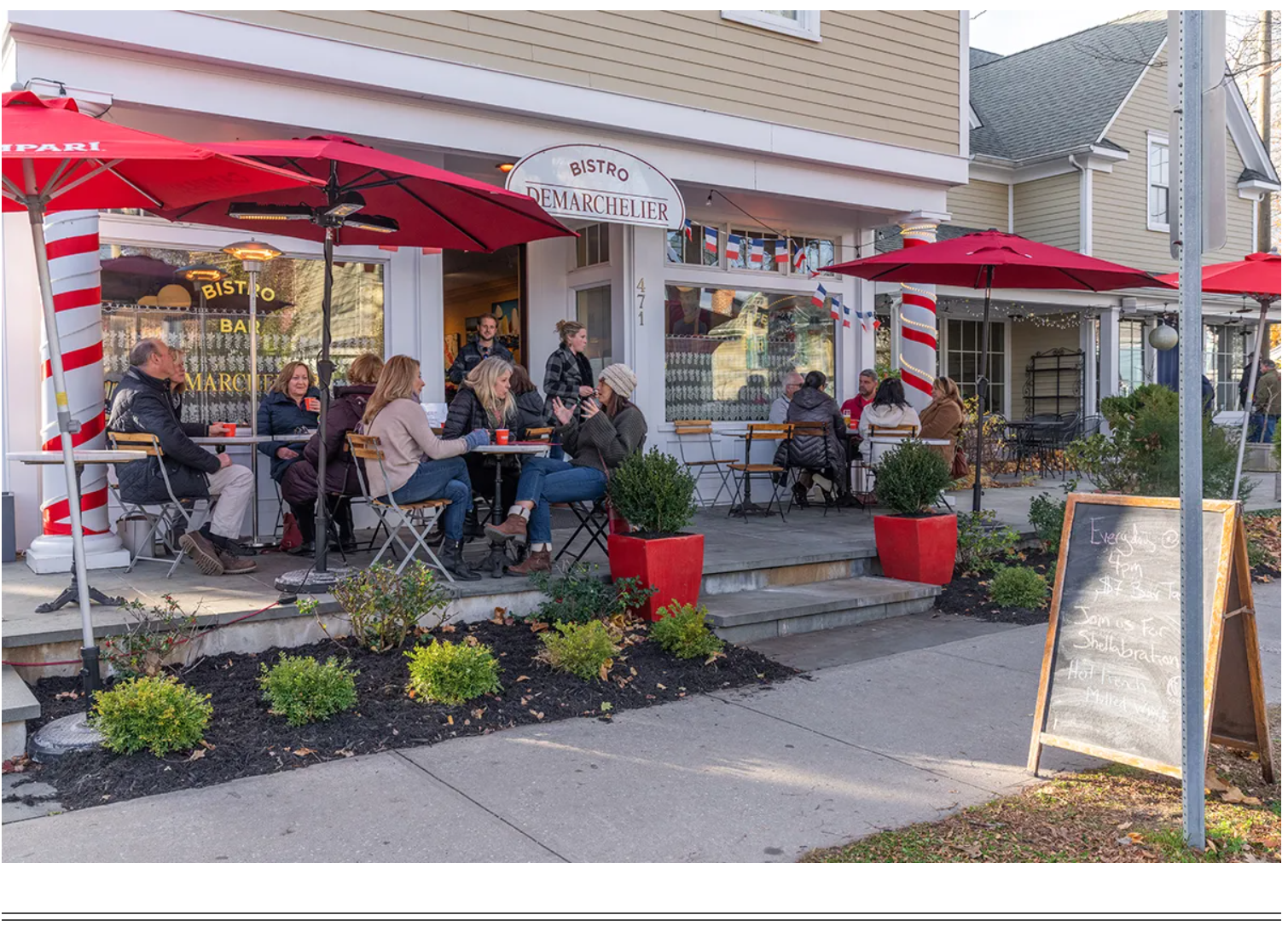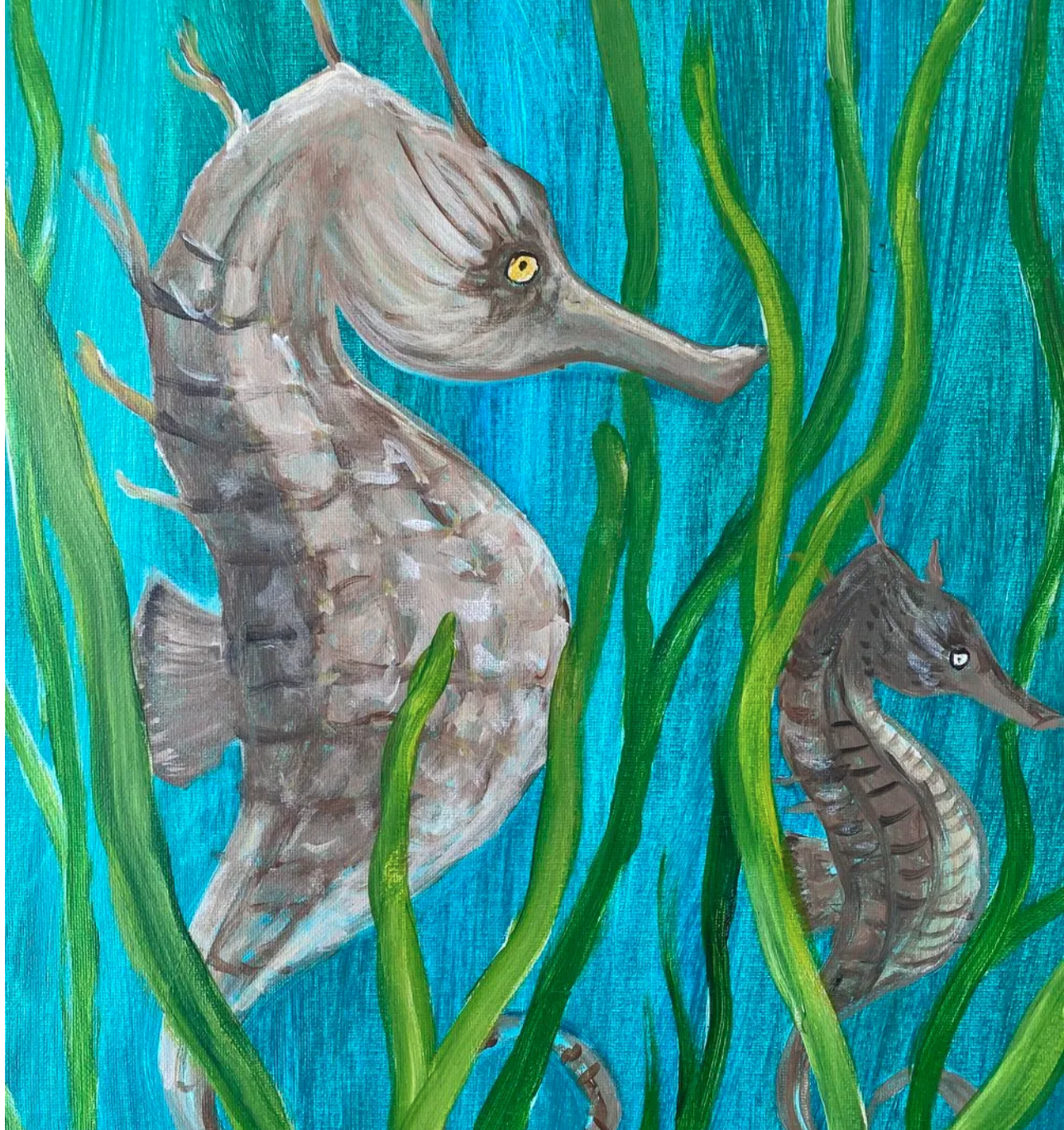North Fork
Stewardship Site
Sponsored by the North Fork Polar Bears
North Fork Events
Explore other Northfork Stewardship Sites
Background + Goals
Cornell Cooperative Extension Marine Program has been working since 1985 to enhance habitat and shellfish populations along the North Fork and Long Island’s Suffolk County in general. CCE’s Back to the Bay’s Initiative is partnering with the North Fork Polar Bears to expand stewardship efforts in this region. Thanks to their generous sponsorship, we are in the site selection process to establish a new oyster reef and eelgrass meadow on the Eastern portion of the North Fork. More details coming soon!
Plunging into Partnership with the North Fork Polar Bears
The 2nd Annual Splash for Cast + Back to the Bays featured about 250 brave plungers and raised $100,000, beginning a long-term partnership! We are so appreciative of the @northforkpolarbears for selecting us as the featured environmental charity, and to @castnorthfork for welcoming us in as fellow beneficiaries in 2024.
Save the Date!
Next year’s North Fork Polar Bear Plunge Benefiting CAST + Back to the Bays will be January 26, 2025. Keep up to date on all the details by following The North Fork Polar Bears on Instagram.
Current Work Underway
-

Shell Recycling
Coastal restaurants typically go through thousands of pounds of oyster shell in one season, all of which often gets sent to a landfill. However, these shells hold incredible ecological value! When wild oysters spawn, the larvae seek the shells of other oysters onto which they will set and grow into elaborate reef structures, offering crucial habitat for a menagerie of other marine species.
Working with local restaurants, we are developing a robust Shell Recycling Program that we operate on the East End of Long Island at select restaurants. Our key shell recycling partners for this location are Little Creek Oysters, Anker and Silver Sands. If you would like to volunteer with our shell collection team please contact Kate Rossi-Snook at kr474@cornell.edu
-

Oyster Reefs
Oysters are considered a “keystone species” for marine ecosystems because not only are they incredible water filterers, they also create a complex reef structure as they grow that offers critical habitat for many important species, and helps to buffer storm surge which reduces coastal erosion.
The process of setting oyster larvae on clean, empty oyster shells is called “remote setting.” It is performed in a tank with controlled conditions, and only takes a couple of days for the oyster larvae to find their permanent home. When oysters are set in this manner, it is referred to as “spat-on-shell” (SOS), and oftentimes many oysters will set on a single shell, creating a complex reef structure as they grow larger. These reef oysters are not meant to be harvested, but rather to help enhance the wild oyster population. Working in tandem with our Back to the Bays Shell Recycling Program, we will be establishing an SOS Reef Restoration Site in our Back to the Bays Stewardship Sites across the East End of Long Island.
-
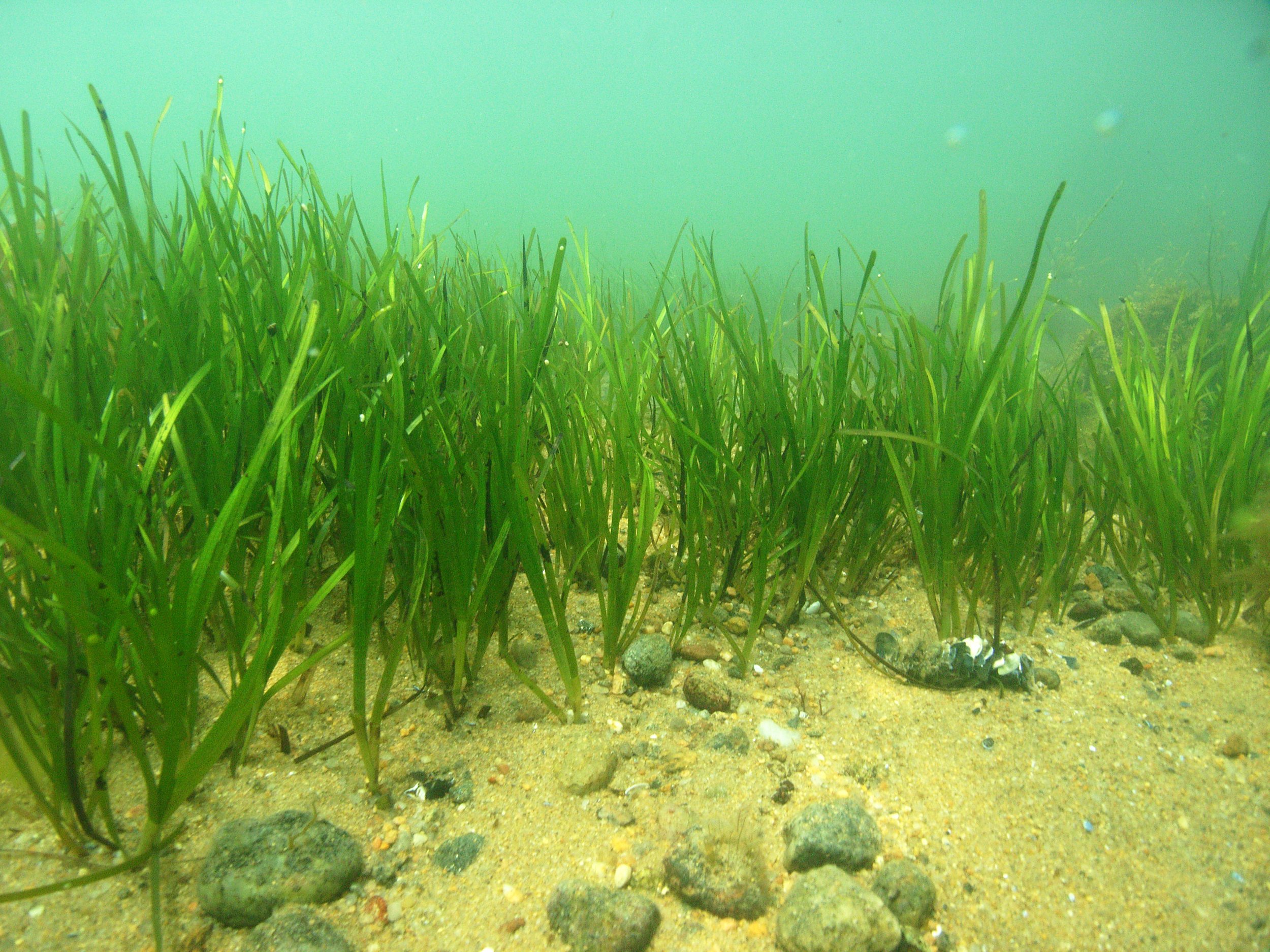
Eelgrass Meadows
Our dive team has historically planted eelgrass in the vicinity of Stirling Harbor with great success, and the site can benefit from additional expansion to maximize habitat value. With the baseline support 2,500 shoots will be added to this site in Fall 2024.
Both our adult shoot transplant “tortilla” method, and our Buoy Deployed seeding method have yielded great success and we continue to conduct this work annually to ensure the eelgrass meadows continue to expand and serve as essential habitat to our commercially and recreationally important finfish and shellfish species. The meadow also serves an important coastal resiliency function, and functions as a Blue Carbon zone in our bay.



